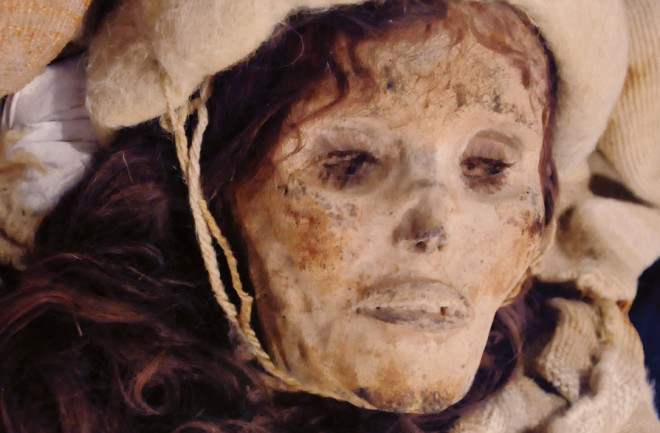There is something disconcerting about looking at the face of someone who has long departed from this world and realizing that they look just like you. That connection to the past has long intrigued archaeologists, for whom mummies represent an opportunity to gain firsthand information about ancient cultures.
Preserved tissues hold a treasure-trove of information: the diseases individuals had, their diet, their genetic information, the microbes they carried with them and, in many cases, clues about the politics and culture of their time.
Our minds may leap to Egypt at the word mummy, but cultures across the world have developed techniques meant to forestall decomposition. For many of these peoples, mummification preserved the perceived connection between the physical body and the immortal soul — just as they needed each other in life, so too were soul and body linked in the afterlife.
In many cultures, mummification was also a status symbol. Preparing a body took significant time and effort, which meant the process wasn’t available to just anyone. Receiving such lavish treatment signaled to others that you were revered and admired.
While King Tut is arguably the most famous mummy, many of the others found around the world are women. Young and old, these eternal princesses have taken on a second life as cultural and scientific ambassadors for the civilizations they left behind. When they were alive, they were women of significance. In death, they may be even more so.

